This white wine vinaigrette is a simple gluten-free salad dressing recipe that pairs nicely with a variety of green salads. It has a mild flavor with a hint of tang and gentle sweetness.
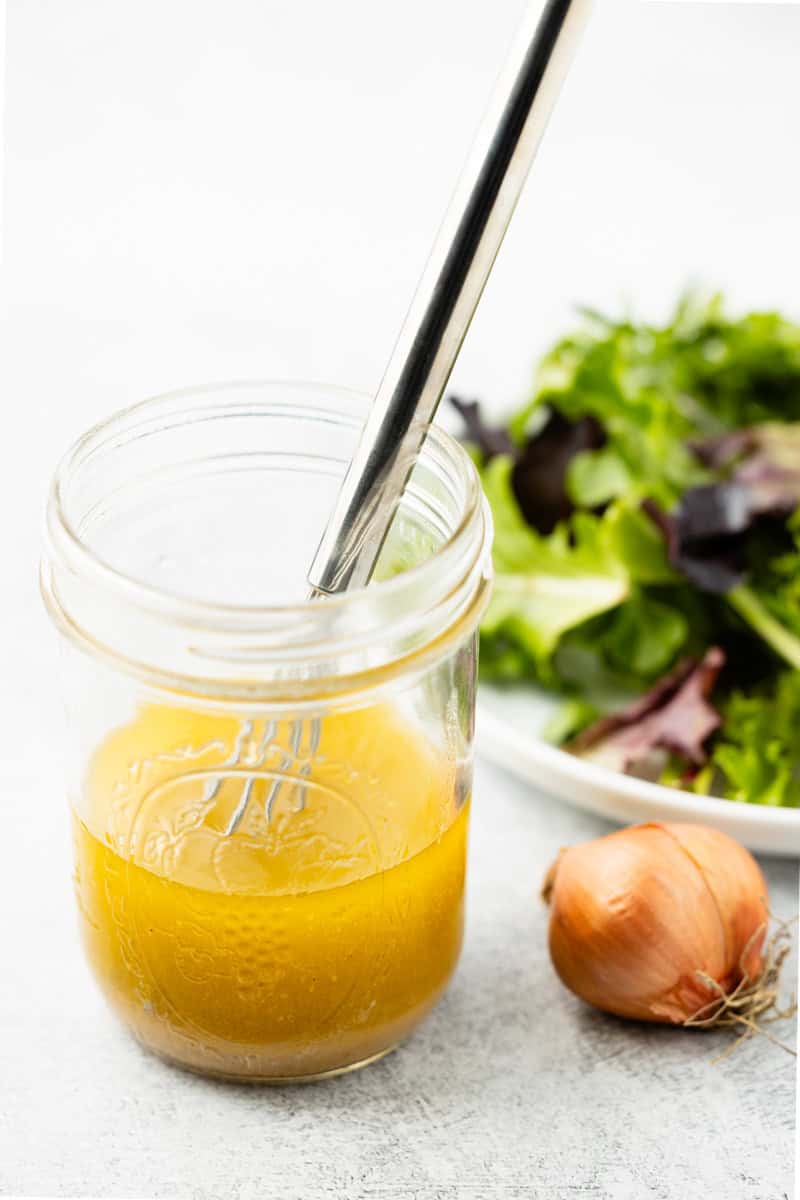
This gluten-free vinaigrette is a perfect complement to the earthy flavors of dark leafy greens and easy enough to whip up on the spot. It will also stay fresh for a couple of weeks in the refrigerator, which comes in handy if you eat salads throughout the week or happen to be on a salad kick!
Jump to:
Health Benefits of Homemade Dressing
Lately I've given up on store-bought salad dressings as they can easily contain hidden gluten ingredients, an excessive amount of sugar, and harmful oils.
If you've been told that vegetable oils (such as canola, corn, and sunflower) are good for your heart, you've been given outdated advice. Chris Kresser, one of my favorite evidence-based functional medicine practitioners, wrote a great article on debunking the myth of heart-healthy oils. Check it out if you're interested in learning more.
Making your own salad dressing can be a real game changer for your health and reduce your reliance on limited options from grocery stores.
First, pick an oil containing healthy fats, such as olive oil, avocado oil, or flaxseed oil. Not only do each of these oils add their own unique flavor, but they can boost your health in a variety of ways, including:
- Reduced blood pressure
- Improved digestion
- Enhanced wound healing
- Lowered "bad" cholesterol
- Reduced inflammation
- Improved heart health
Next, add your choice of an acidic ingredient such as apple cider vinegar, white wine vinegar, lemon juice, or lime juice. Each of these options has the potential to blunt blood-sugar spikes.
Finally, choose your favorite seasonings and ingredients to enhance your healthy salad dressing. There is no need to add refined sugar.
Ingredients
For this recipe, I am using olive oil and white wine vinegar as my base. Then I add a few additions for a light and balanced flavor.
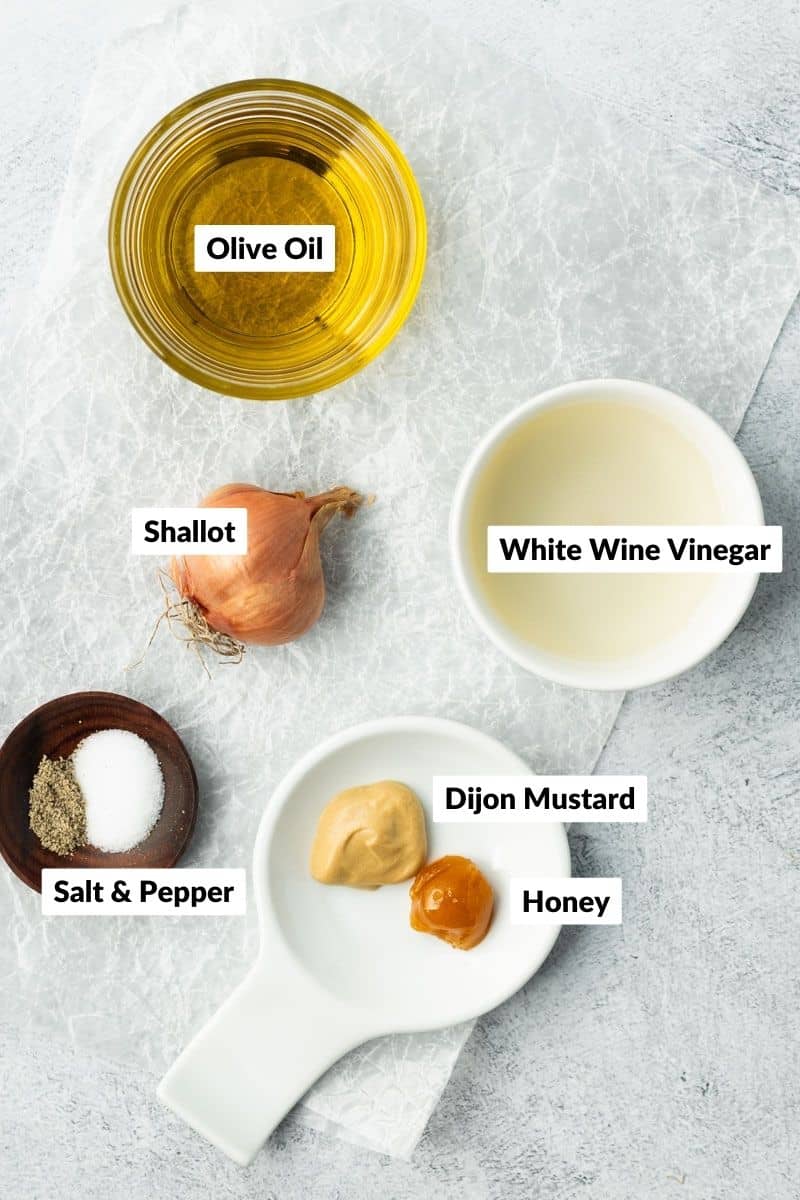
- Extra virgin olive oil adds a fruity and sometimes peppery flavor, depending on the variety you have on hand.
- White wine vinegar is a great choice for a delicate and light flavor that comes with a gentle tang.
- Dijon mustard can be a bit bold and punchy, but this recipe uses a small amount for added complexity.
- Honey adds sweetness and unique flavor.
- Fresh-cracked black pepper adds a fragrant dimension.
- Salt enhances all the flavors when blended together.
See recipe card for quantities.
Instructions
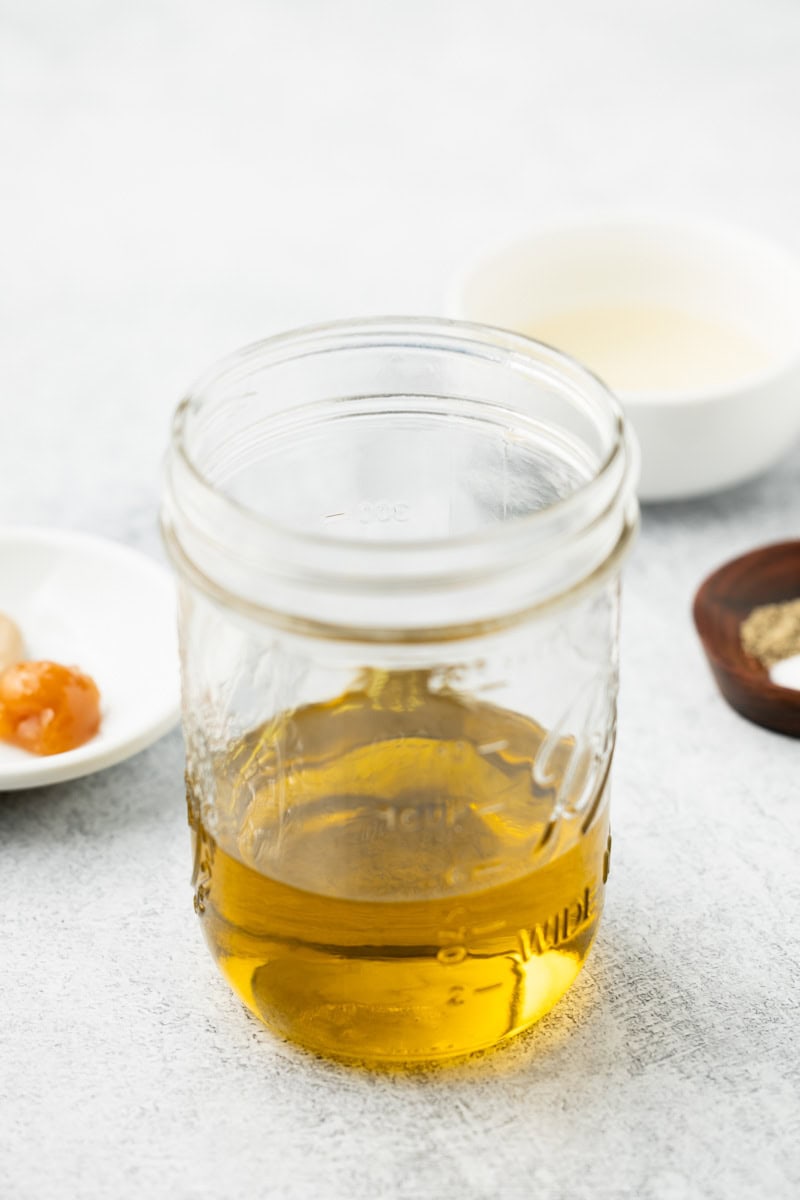
Add the olive oil to a mason jar or small mixing bowl.
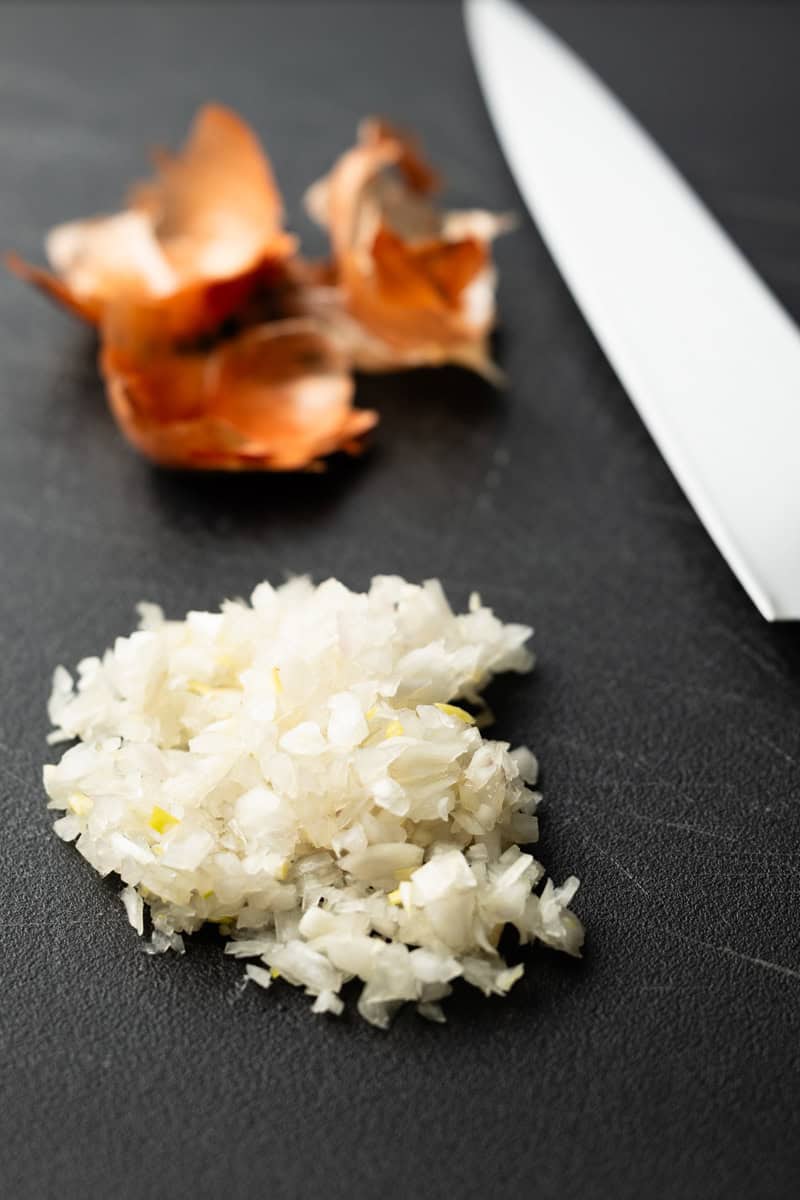
Chop the shallots.
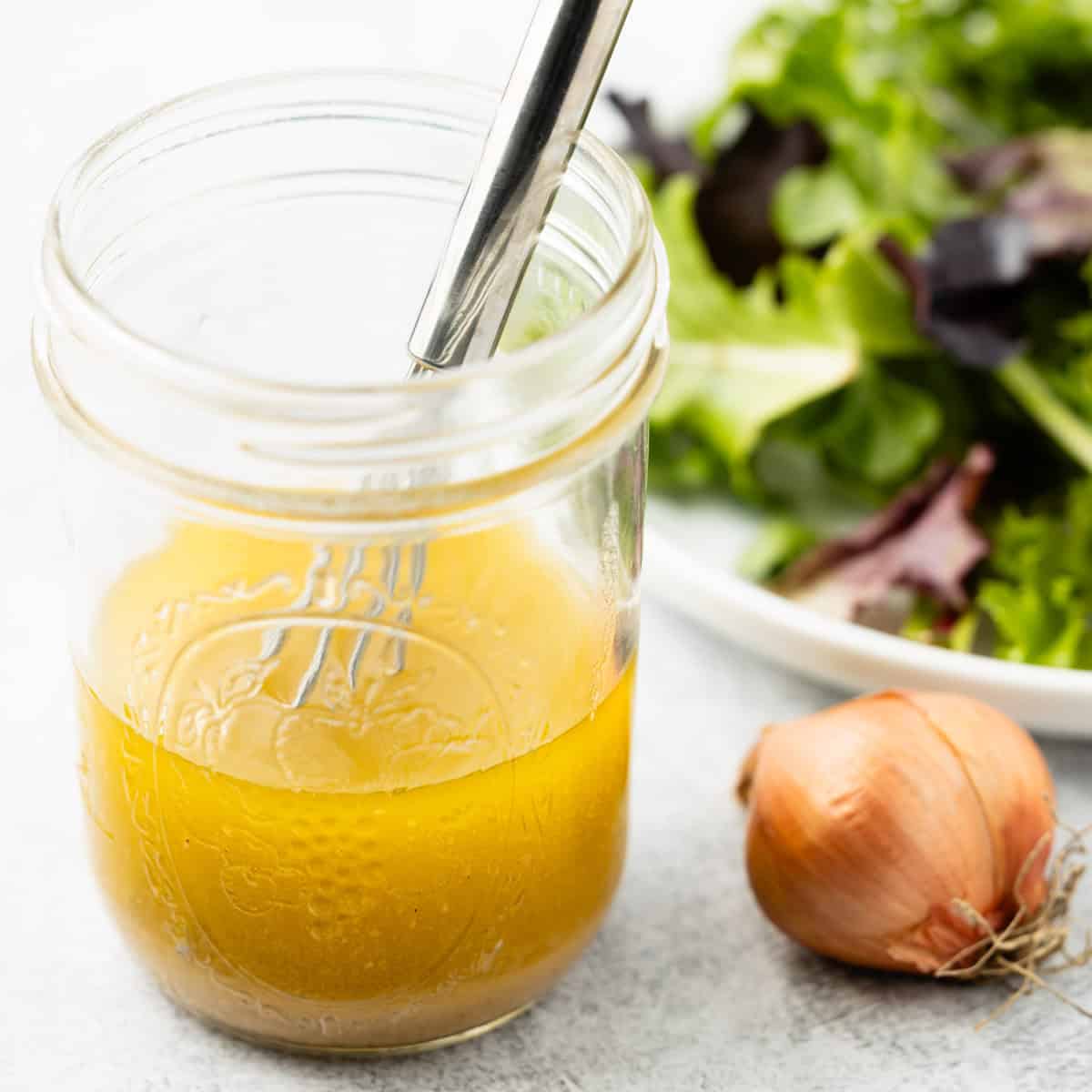
Add the chopped shallots and remaining ingredients to the olive oil, then whisk (or shake...with lid on tight) to combine. Use immediately or store in the refrigerator for up to two weeks.
This homemade gluten-free salad dressing recipe makes nearly 1 cup of white wine vinaigrette. Try using it with my recipe for Asian Pear Salad with Gorgonzola Cheese.
Substitutions and Variations
Oil Alternatives
- For a neutral oil flavor, you can use avocado oil instead of olive oil. Flaxseed oil is another good choice that has less flavor than olive oil, but is not as neutral as avocado oil.
Acid Options
- If you don't have white wine vinegar on hand, champagne vinegar or rice wine vinegar are good substitutes that will maintain a light flavor.
- For a stronger, punchier salad dressing, you can use red wine vinegar, apple cider vinegar, or balsamic vinegar instead of white wine vinegar. If you choose balsamic, be sure it is certified gluten-free as there could can be trace amounts of wheat due to cross-contamination.
- You can also adjust the ratio of oil to acid from 3:1 to 3:2 if you want the flavor of vinegar to stand out more.
- For a citrus flavor, replace the vinegar with fresh lemon juice or lime juice.
Additional Ingredients
- Maple syrup is a good replacement for honey.
- Yellow onion can be used instead of a shallot, however even white or red onion can be used if that's what you have.
- Chopped fresh herbs are always a winner in vinaigrettes. Try using basil, oregano, rosemary, dill, thyme, or a combination.
- While fresh herbs work better, you can also use Italian seasoning. In this case, I would marinate the dressing overnight for better flavor.
- Garlic powder or onion powder can also be added for additional complexity.
Creamy Vinaigrette Options
To switch it up further, you can easily turn this recipe into a creamy salad dressing. Start with a couple tablespoons of sour cream, yogurt, or mayonnaise. Add more as desired.
Storage
- It is best to store your dressing in an airtight container made of glass.
- If you plan to use this homemade salad dressing immediately or the next day, it can be stored at room temperature. If you made a creamy version, then refrigeration is definitely required.
- When stored in the refrigerator, this vinaigrette will last for at least 2 weeks. Since the olive oil will solidify, simply reheat in the microwave for about 30 seconds at 30 percent power, then whisk to combine. Your vinaigrette should not become warm when reheating on low power.
FAQ
The most basic formula for making a salad vinaigrette includes a combination of cooking oil with an acid. The ideal ratio of oil to acid is 3:1 or 3:2, depending on your flavor preference. Add some salt and pepper to taste.
One of the healthiest oils to eat on salads is olive oil. Another good option is avocado oil, however, it does not contain as many antioxidants.
Rice wine vinegar and champagne vinegar are good substitutes for white wine vinegar.
Pairing
Recipe

Easy White Wine Vinaigrette (Gluten-Free Salad Dressing)
INGREDIENTS
- 1 shallot minced
- ⅔ cup extra virgin olive oil
- ¼ cup white wine vinegar add an extra tablespoon for more tang
- 2 teaspoon Dijon Mustard
- 1 teaspoon honey
- ¼ teaspoon black pepper
- 1 teaspoon salt
INSTRUCTIONS
- Add all of the ingredients to a small mixing bowl or mason jar, then whisk to combine. If using a mason jar, you can put the lid on and shake it instead. Use immediately or store in the refrigerator for up to two weeks (see notes).
- This recipe makes nearly 1 cup of white wine vinaigrette.
NOTES
- This vinaigrette will solidify when stored in the refrigerator. Simply reheat in the microwave for about 30 seconds at 30 percent power, then whisk to combine. Your vinaigrette should not become warm when reheating on low power.


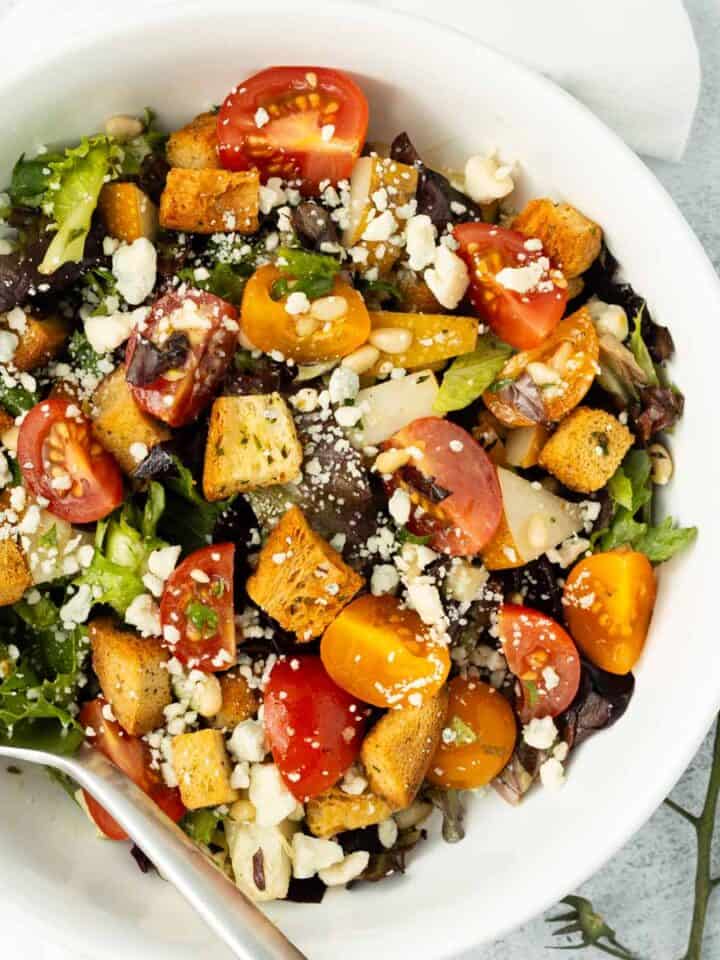


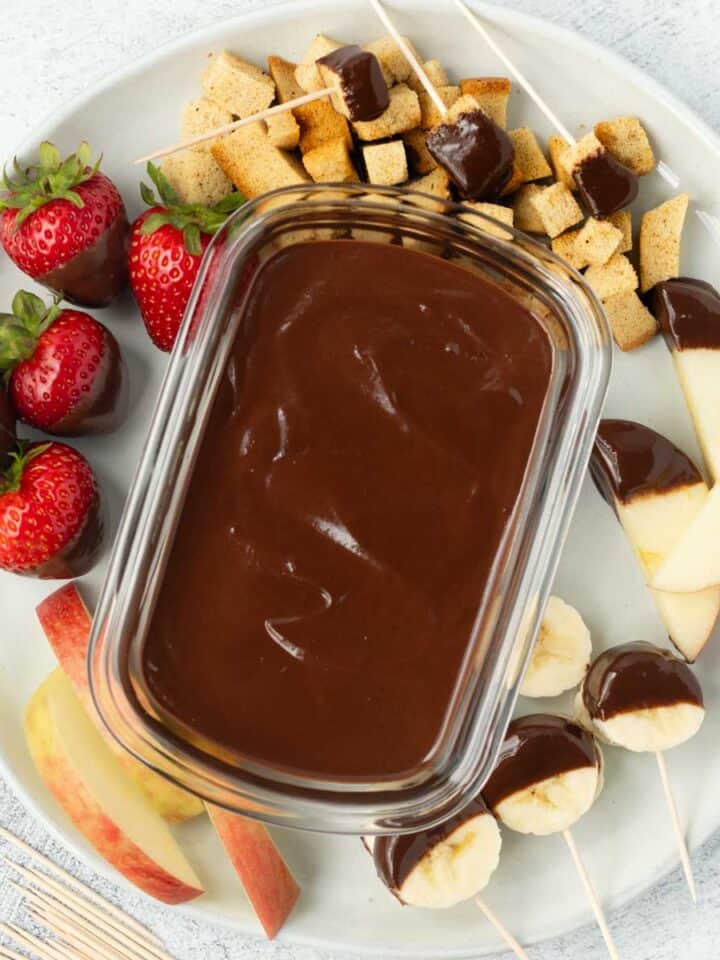

Leave a Comment